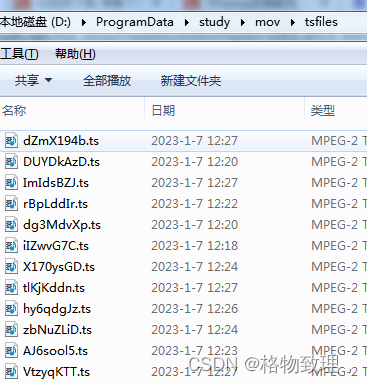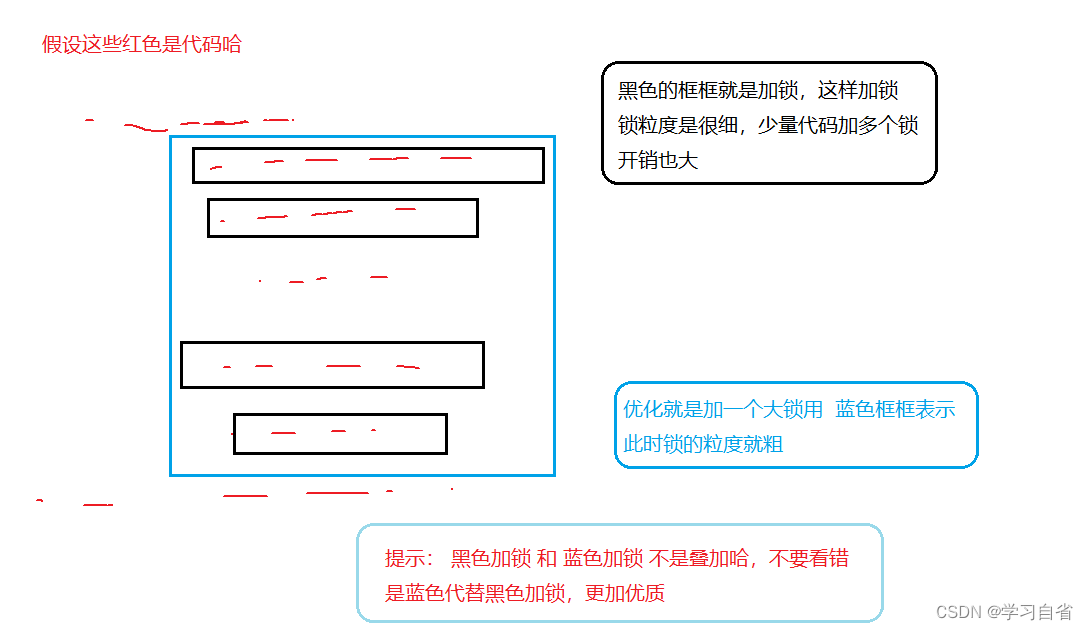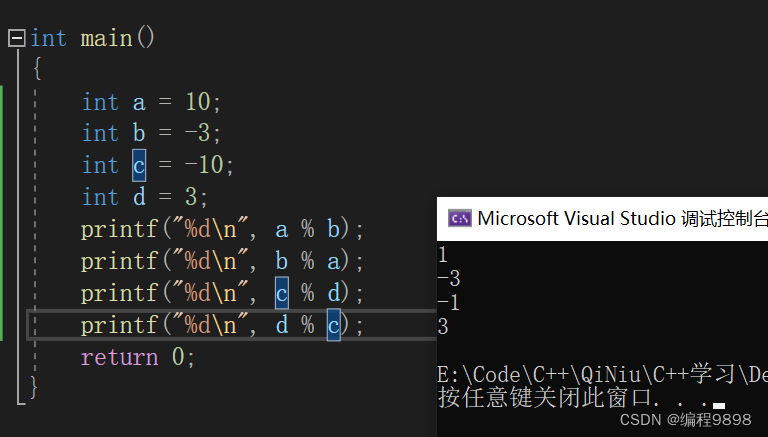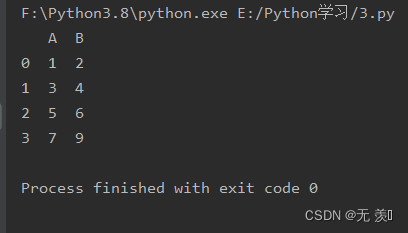简单来写一下Teleport
src/components/TeleportLearn.vue
<script setup>
</script>
<template>
<div>
<Teleport to="body">
<div>你好</div>
</Teleport>
</div>
</template>
<style scoped>
</style>
src/App.vue
<script setup>
import TeleportLearn from './components/TeleportLearn.vue'
</script>
<template>
<div>
<TeleportLearn></TeleportLearn>
</div>
</template>
<style scoped>
</style>
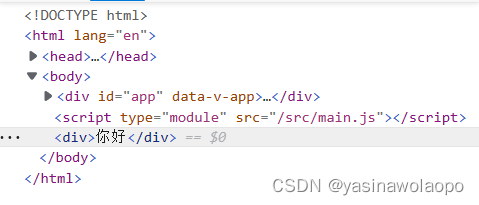
元素在
body上
我们在App.vue中写入hello,你会发现这个传送门在id="app"元素的下面
<script setup>
import TeleportLearn from './components/TeleportLearn.vue'
</script>
<template>
<div>
<TeleportLearn></TeleportLearn>
<span>hello</span>
</div>
</template>
<style scoped>
</style>
这时你肯定相当与html中的某一个DOM API很像原生JS DOM中的insertAdjacentElementAPI,更确切的说是createElementAPI
insertAdjacentElementAPI
<!DOCTYPE html>
<html lang="en">
<head>
<meta charset="UTF-8">
<meta http-equiv="X-UA-Compatible" content="IE=edge">
<meta name="viewport" content="width=device-width, initial-scale=1.0">
<title>move</title>
<link rel="stylesheet" href="style.css">
</head>
<body>
<div id="app">
</div>
</body>
<script type="text/javascript">
const app = document.getElementById('app')
const element = document.createElement('div')
element.innerText = '你好啊'
app.insertAdjacentElement('afterend',element)
</script>
</html>
createElementAPI
<!DOCTYPE html>
<html lang="en">
<head>
<meta charset="UTF-8">
<meta http-equiv="X-UA-Compatible" content="IE=edge">
<meta name="viewport" content="width=device-width, initial-scale=1.0">
<title>move</title>
<link rel="stylesheet" href="style.css">
</head>
<body>
<div id="app">
</div>
</body>
<script type="text/javascript">
const body = document.querySelector('body')
const app = document.getElementById('app')
const element = document.createElement('div')
element.innerText = '你好啊'
body.appendChild(element)
</script>
</html>
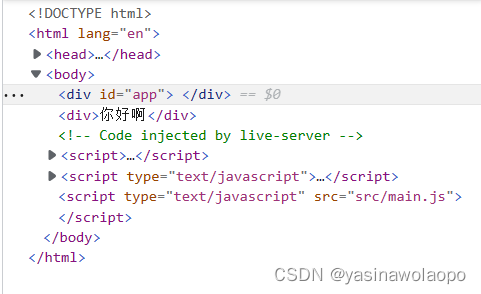
关于原生html,js,css写出覆盖的样式详情可以看这篇
稍微升级一下
我们给这个Teleport来一个if判断
src/components/TeleportLearn.vue
<script setup>
defineProps({
a:{
type: Boolean
}
})
</script>
<template>
<div>
<Teleport to="body" v-if="a">
<div>你好</div>
</Teleport>
</div>
</template>
<style scoped>
</style>
src/App.vue
<script setup>
import TeleportLearn from './components/TeleportLearn.vue'
import {ref,reactive} from "vue"
let a = ref(false)
function isTrue(){
if(a.value === true){
a.value = false
}else{
a.value = true
}
}
</script>
<template>
<div>
<button @click="isTrue">展开</button>
<TeleportLearn :a="a"></TeleportLearn>
<span>hello</span>
</div>
</template>
<style scoped>
</style>
这样就做到了显示与不显示的区别了
其实你会发现这样在
Teleport上写class一点用处也没有,因为Teleport把元素传到body了后Teleport就不在了,所以根本就没有class样式,所以我们得这么写
<script setup>
defineProps({
a:{
type: Boolean
}
})
</script>
<template>
<div>
<Teleport to="body" v-if="a">
<div class="hello">你好</div>
</Teleport>
</div>
</template>
<style scoped>
.hello{
position: absolute;/*要写absolute(绝对定位) */
left: 0px;
top: 0px;
width: 100vw;
height: 100vh;
background: rgba(200, 200, 200, 0.3);
}
</style>

你就会发现,很乱(…)这是取决与你的样式的
.hello{
position: absolute;/*要写absolute(绝对定位) */
left: 0px;
top: 20px;
width: 100px;
height: 100px;
/* background: rgba(200, 200, 200, 0.3); */
background: rgba(255, 255, 255, 1);
}
你就会发现hello字样被覆盖掉了,假如我们放一张图片代替hello

这里分享一下bilibili的2023/1/8还在的春节封面和封面上的logo(不在了,说明bilibili把资源释放(删除)了)
App.vue
<script setup>
import TeleportLearn from './components/TeleportLearn.vue'
import {ref,reactive} from "vue"
let a = ref(false)
function isTrue(){
if(a.value === true){
a.value = false
}else{
a.value = true
}
}
</script>
<template>
<div class="AppAll">
<button @click="isTrue">展开</button>
<TeleportLearn :a="a"></TeleportLearn>
<img src="../public/image/bilibili.jpg" alt="">
</div>
</template>
<style scoped>
.AppAll{
width: 100vw;
height: 100vh;
background: rgba(200, 200, 200, 0.5);
}
</style>
vue的@mousemove事件
src/components/mouseLearn.vue
<script setup>
function mousemoveFunc(){
console.log('@')
}
</script>
<template>
<div>
<div @mousemove="mousemoveFunc()">@mousemove</div>
</div>
</template>
<style scoped>
</style>
现象: 鼠标一移入则触发(在元素上移动一直触发)直到移出
<script setup>
function mouseleaveFunc(){
console.log('+')
}
</script>
<template>
<div>
<div @mouseleave="mouseleaveFunc">@mouseleave</div>
</div>
</template>
<style scoped>
</style>
现象: 移入元素后移出元素触发
升级一下Teleport(让他靠近bilibili样式)
<script setup>
import TeleportLearn from './components/TeleportLearn.vue'
import MouseLearn from './components/MouseLearn.vue'
import {ref,reactive} from "vue"
let a = ref(false)
function mousemoveFunc(){
a.value = true
}
function mouseleaveFunc(){
a.value = false
}
</script>
<template>
<div class="AppAll">
<button @mouseover="mousemoveFunc()" @mouseleave="mouseleaveFunc()">展开</button>
<TeleportLearn :a="a"></TeleportLearn>
<!-- <MouseLearn /> -->
<img src="../public/image/bilibili.jpg" alt="">
</div>
</template>
<style scoped>
.AppAll{
width: 100vw;
height: 100vh;
background: rgba(200, 200, 200, 0.5);
}
</style>
我们仔细看bilibili的导航栏会发现它有四种状态
改变前
改变中
改变后
我们就想到了式vue3的过渡
vue3过渡
v-enter-from:定义进入过渡的开始状态。在元素被插入之前生效,在元素被插入之后的下一帧移除。v-enter-active:定义进入过渡生效时的状态。在整个进入过渡的阶段中应用,在元素被插入之前生效,在过渡/动画完成之后移除。这个类可以被用来定义进入过渡的过程时间,延迟和曲线函数。v-enter-to:定义进入过渡的结束状态。在元素被插入之后下一帧生效 (与此同时 v-enter-from 被移除),在过渡/动画完成之后移除。v-leave-from:定义离开过渡的开始状态。在离开过渡被触发时立刻生效,下一帧被移除。v-leave-active:定义离开过渡生效时的状态。在整个离开过渡的阶段中应用,在离开过渡被触发时立刻生效,在过渡/动画完成之后移除。这个类可以被用来定义离开过渡的过程时间,延迟和曲线函数。v-leave-to:离开过渡的结束状态。在离开过渡被触发之后下一帧生效 (与此同时 v-leave-from 被删除),在过渡/动画完成之后移除。
我这里给出的代码是
src/components/GuoDu.vue
<script setup>
import {ref,reactive} from "vue"
let b = ref(false)
function show(){
if(b.value === true){
b.value = false
}else{
b.value = true
}
}
</script>
<template>
<div>
<button @click="show()">显示/隐藏</button><!--一定要有样式的改变-->
<transition name="wo">
<p v-if="b">hello</p>
</transition>
</div>
</template>
<style scoped>
.wo-enter-from{
transition: all 0.5s;
color: red;
}
.wo-enter-active{
transition: all 0.5s;
color: yellowgreen
}
.wo-enter-to{
transition: all 0.5s;
color: skyblue;
}
.wo-leave-from{
transition: all 0.5s;
color: orange;
}
.wo-leave-active{
transition: all 0.5s;
color: green;
}
.wo-leave-to{
transition: all 0.5s;
color: pink;
}
</style>
出现的效果先是
黄绿>天蓝>黑>粉
也就是v-enter-active>v-enter-to>v-leave-to




